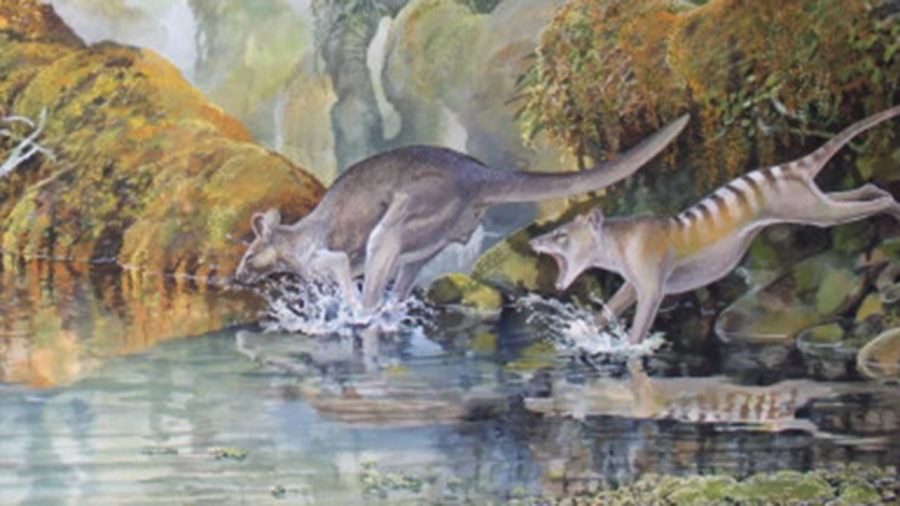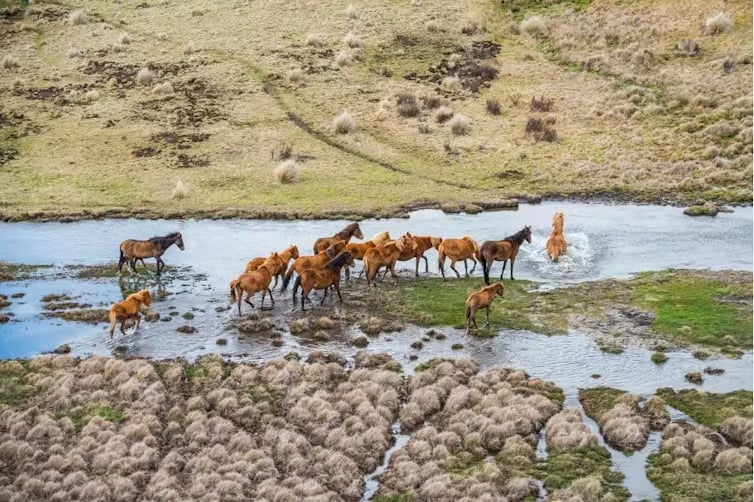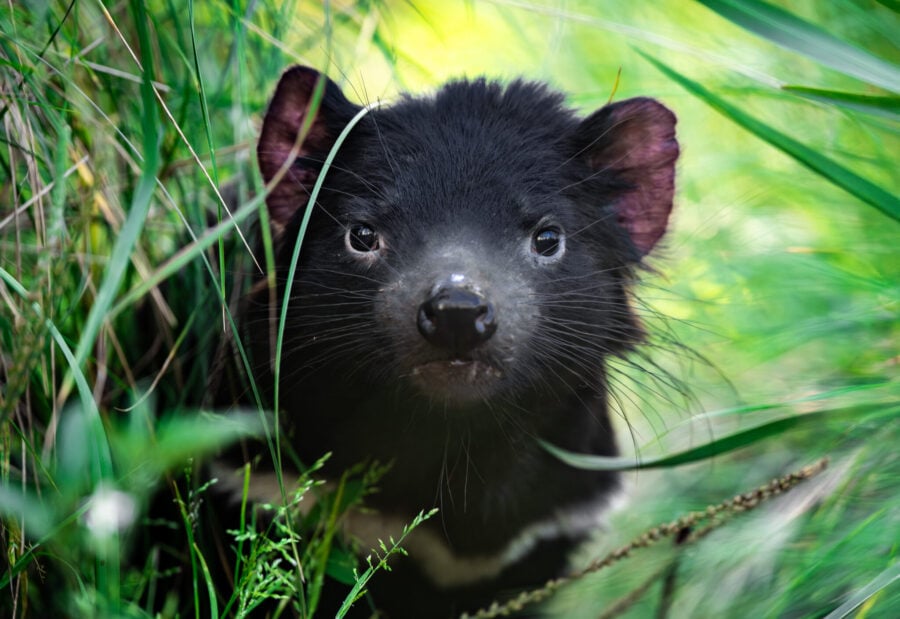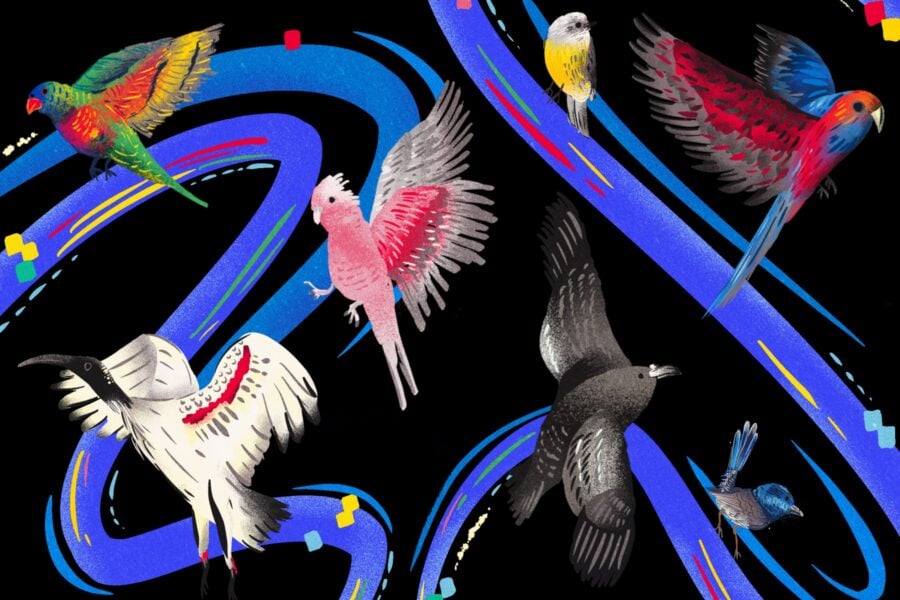Meet Diprotodon, Australia’s prehistoric migratory marsupial
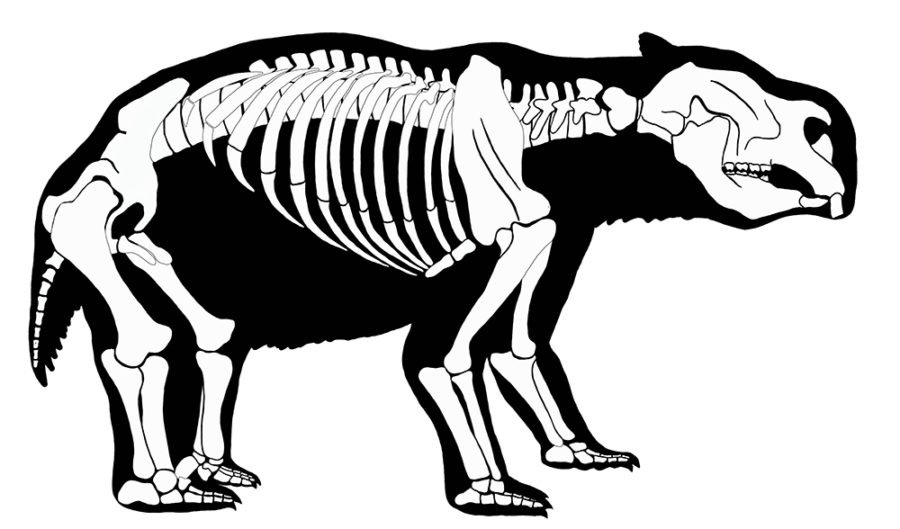
When you think of large migrating land animals you probably think of zebras or other large mammals zooming through the African savannah. But around 300 thousand years ago, Australia hosted their very own breed of large migratory animals, a new study shows.
Diprotodon is an ancient marsupial and a far relative of modern wombats and koalas. It lived from 1.6 million – 45 thousand years ago and was massive: it was 1.8m tall and 3.5m long and weighed three-tonnes. Now, it turns out it was also a migratory species.
A team led by Gilbert Price, a palaeontologist from the University of Queensland, used fossils and geochemistry tools to reveal the likely migratory patterns followed by this mega marsupial.
They drilled various Diprotodon teeth to analyse the biochemical signal of strontium, an element found in plants growing in certain types of rock and soil.
“Everyone knows the saying ‘you are what you eat’, but it’s also true that ‘you are where you ate’. Plants growing in a certain area will pick up the geological signature of the rocks and soil on which they grow,” Price says.
“If a herbivore comes along and consumes that plant, that signature (in this case, strontium) becomes fixed into their growing tissues. If that same species of plant occurred elsewhere but in a different geological province, it will look the same, most likely taste the same, but will have a different strontium signature,” he adds.
Using this approach Price and his team found that the strontium content in the upper ever-growing incisor tooth of Diprotodon varied in a way that was consistent with the animal feeding across different geographical areas. Their analyses supported a scenario where these marsupial beasts migrated up to 200km per year across Eastern Australia.

A new light on Australia’s Ice Age Fauna
Scientists know about the existence of several massive species that lived during Australia’s prehistoric Ice Age, but little is known about how they behaved. “We have plenty of fossil bones here and there, but a very poor understanding about megafaunal biology and ecology,” says Price.
This study is the first to provide solid evidence about the behaviour of Australia’s extinct megafauna.
“Being capable of seasonal migration is something we often attribute to large African herbivores like wildebeests, zebras, and elephants, or caribou in the Arctic. This is the first time seasonal migrations of large mammals has been documented in ancient Australian megaherbivores,” says Larisa DeSantis a paleontologist and assistant professor at Vanderbilt University.
“You can probably imagine scenes of zebra and wildebeest tracking across vast grasslands, with a diverse range of other herbivores following in toe. That’s probably like Australia 300 thousand years ago, but dominated by marsupials,” Price says.
The migratory patterns followed by Diprotodon also have important implications for our understanding of extinction risks, suggesting that certain foods might have been limited or only seasonally available, driving migratory patterns, DeSantis explains.
”Much like wildebeests today are vulnerable to climate change, their migrations are largely driven by precipitation, and they are reliant on forage throughout large areas of Africa. Diprotodon may have also succumbed to such vulnerabilities with the aridification of Sahul during the latest Pleistocene.”
